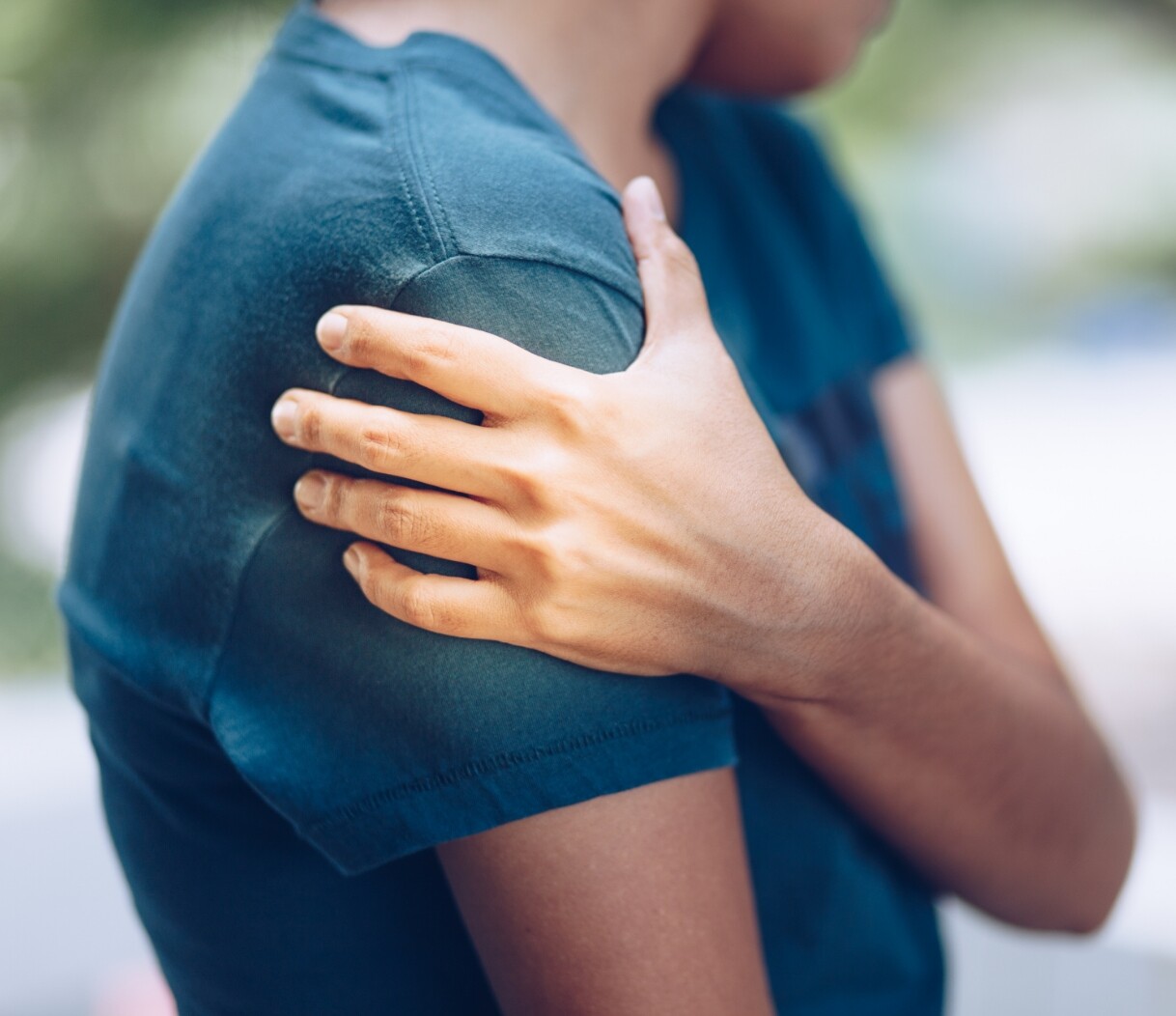Shoulder Arthroscopy - SLAP Repair
Shoulder Treatments & Surgeries - Adelaide Orthopaedic Specialist
What is SLAP Tear
SLAP stands for Superior Labrum (tear) from Anterior to Posterior, and a SLAP Tear may occur when the cartilage starts to separate from the bone in the shoulder. The patient will experience pain, a clicking feeling, and the shoulder will appear looser than normal.
SLAP Tears are common among sportsmen in sports where there is a lot of overhead throwing, workers with repetitive lifting duties, or you may suffer a SLAP Tear from a bad fall.

What may cause a SLAP Tear?
- Trauma to the shoulder – Maybe in a car or motorcycle accident.
- A fall on an outstretched arm – Think of a diving catch in cricket.
- A shoulder dislocation – Falls at home or playing sport.
- Heavy pulling on the arm – Parents catching a child, or labourers catching bricks.
Symptoms of a SLAP Tear
- Pain in the shoulder.
- Shoulder sticking, or clicking.
- Numbness, or a dead arm.
- A pinching sensation when you raise your arms.
- Loss of strength in the shoulder.
- Limited motion of the arm and shoulder.
How do you treat a SLAP Tear?
It is unlikely that a SLAP Tear will heal itself, but symptoms might become less over time. A visit to the GP will likely include a treatment of analgesics, and placing your arm in a sling for a period of time.
Physiotherapy should help in the restoration of the movement in the arm, but will not restore the structural damage done by the injury.
If you are still suffering from pain after treatment, or if the SLAP Tear damage to the cartilage is severe, then surgical repair may be recommended.
If your SLAP Tear is joined by a Bankart Tear (anterior labral tear), or a dislocation of the shoulder, then it is likely that you will require surgery.

SLAP Tear Surgery
SLAP Tear Surgery is a common arthroscopic surgery scheduled to repair the damage to the labrum in the shoulder.
Arthroscopic surgery is minimally invasive surgery, and your surgeon will possibly trim the labrum, and then re-anchor it to the shoulder bone, in its original position.
Following surgery, your arm will be in a sling until fully recovered, and your surgeon will advise you of the full recovery procedure.
Once you have a referral…
Book your consultation here.

